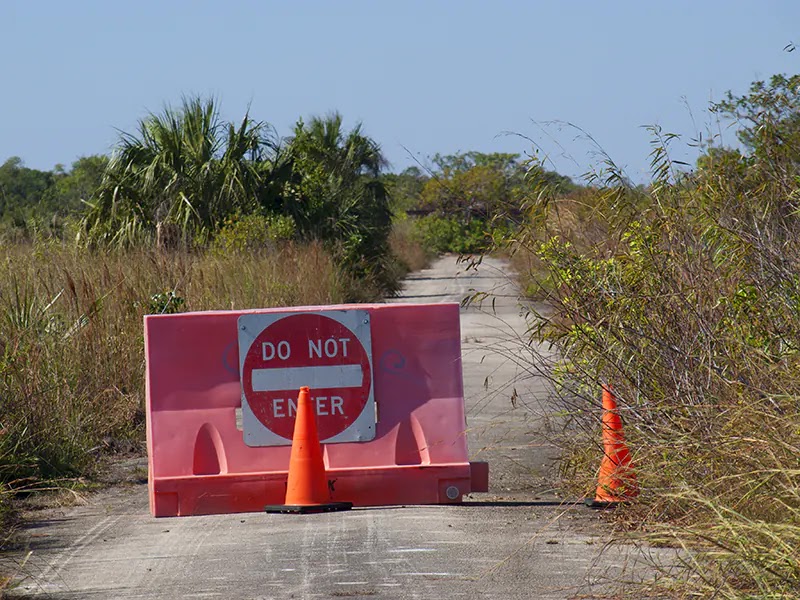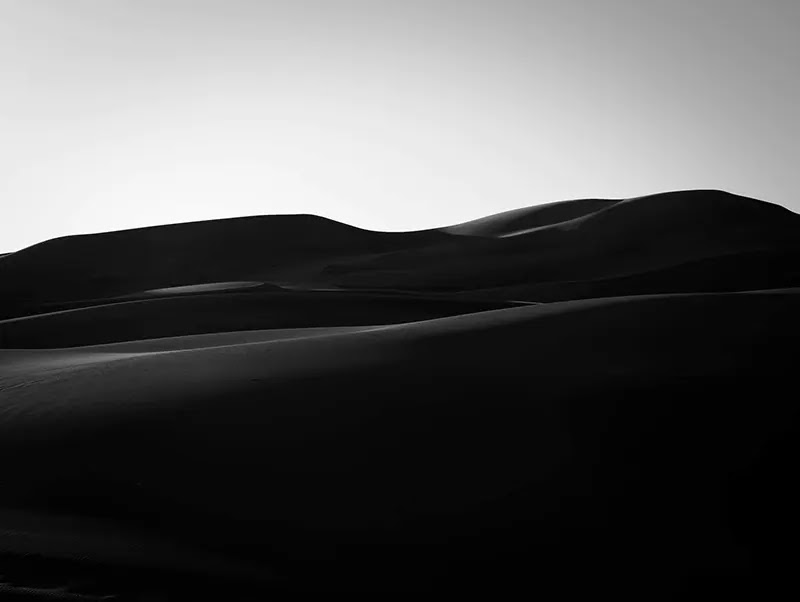Visit to the Tusayan ruins or Tusayan Pueblo in the Grand Canyon
 |
| Kiva A in the Tusayan ruins of Grand Canyon National Park - License our images here. |
These ruins are in the South Rim of the Grand Canyon. They are from the12th century and were excavated in 1930. The ancient dwellers only lived in this village for a couple of decades - our photos are from a camping trip in 2010.
The circular kivas are the biggest structures. They were named kiva A and kiva B. A 1931 study from archeologist Emil Walter Haury - the one who chose the name of the Mogollon Culture - pointed that kiva B was older and ended destroyed by fire. Then kiva A was constructed after the lost, but it wasn't as good as the first one. He also said that this pueblo was very small with no more than 8 living rooms.
 |
| The square structures of the Tusayan ruins. Some believe they were used for storage. |
The small building with stone walls is the museum. Built in 1928, it was designed by Herbert Maier, the architect that created buildings for Yosemite, Yellowstone, and the lodge of Palo Duro Canyon that we visited once.
 |
| The small museum of the Tusayan ruins. This rustic architecture is sometimes referred as Parkitecture because of its use in buildings of national and state parks. |
Along the trails of the Tusayan ruins, signs warn of gopher snakes. The problem is that they look like rattlesnakes and even rattle their tails but are harmless.
From the ruins, we saw the San Francisco Peaks. One of them - Humphreys Peak - is the highest point in Arizona at 12,637 feet (3,852 meters). These ancient volcanoes are in the Coconino National Forest. The Hopis believe that spirits live up there. We should visit one day.
Now a trail map and an artistic visualization of the Tusayan ruins.




Comments
Post a Comment